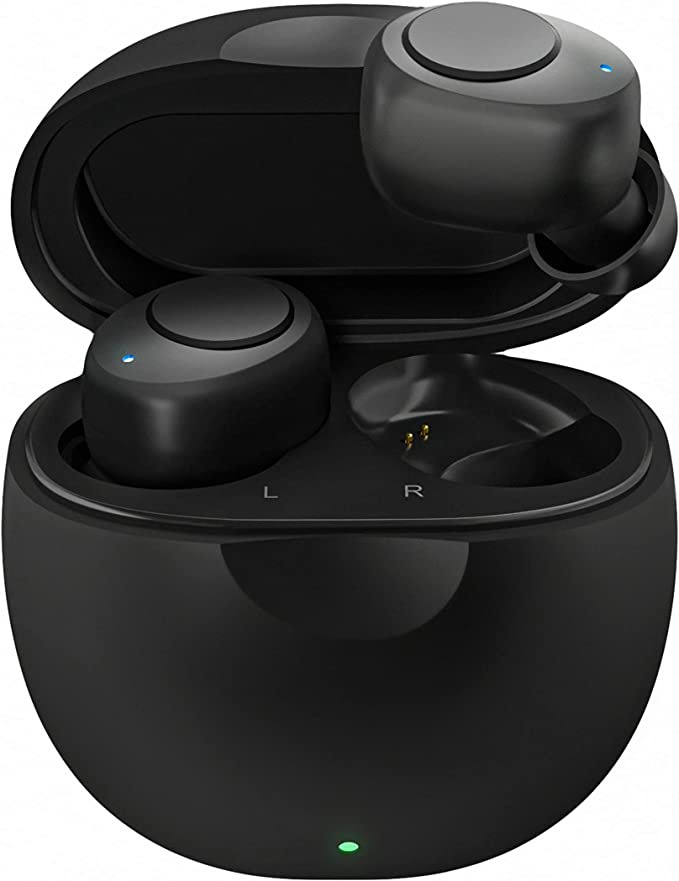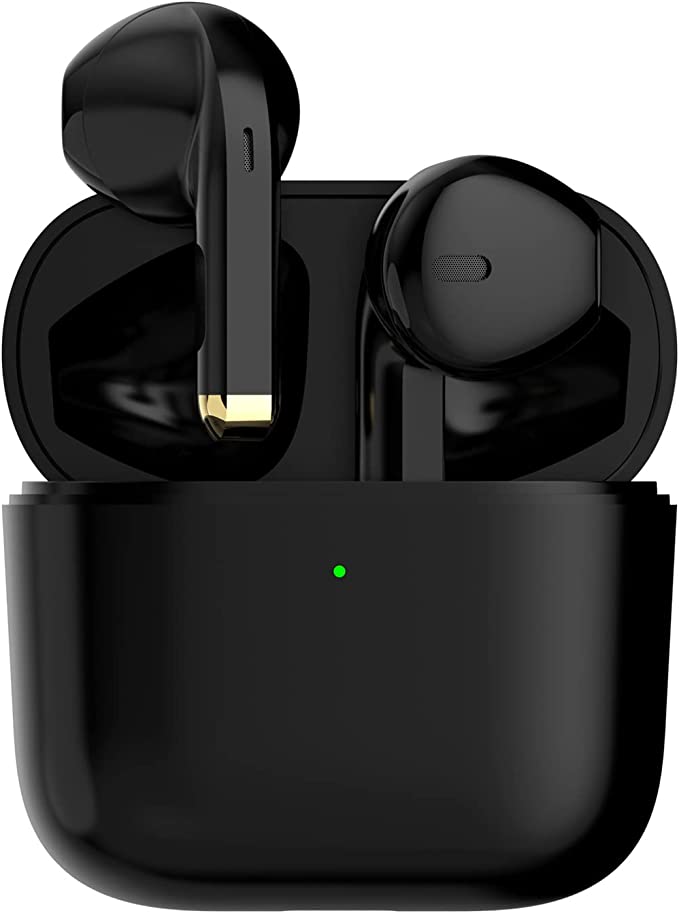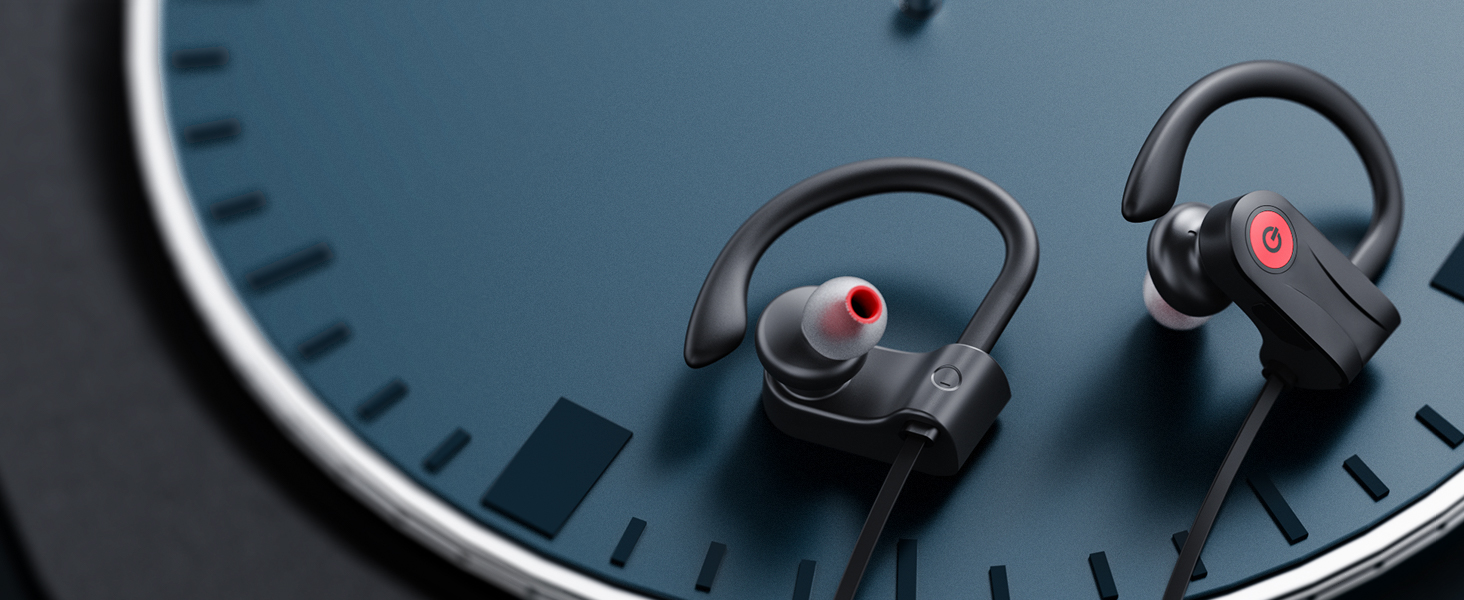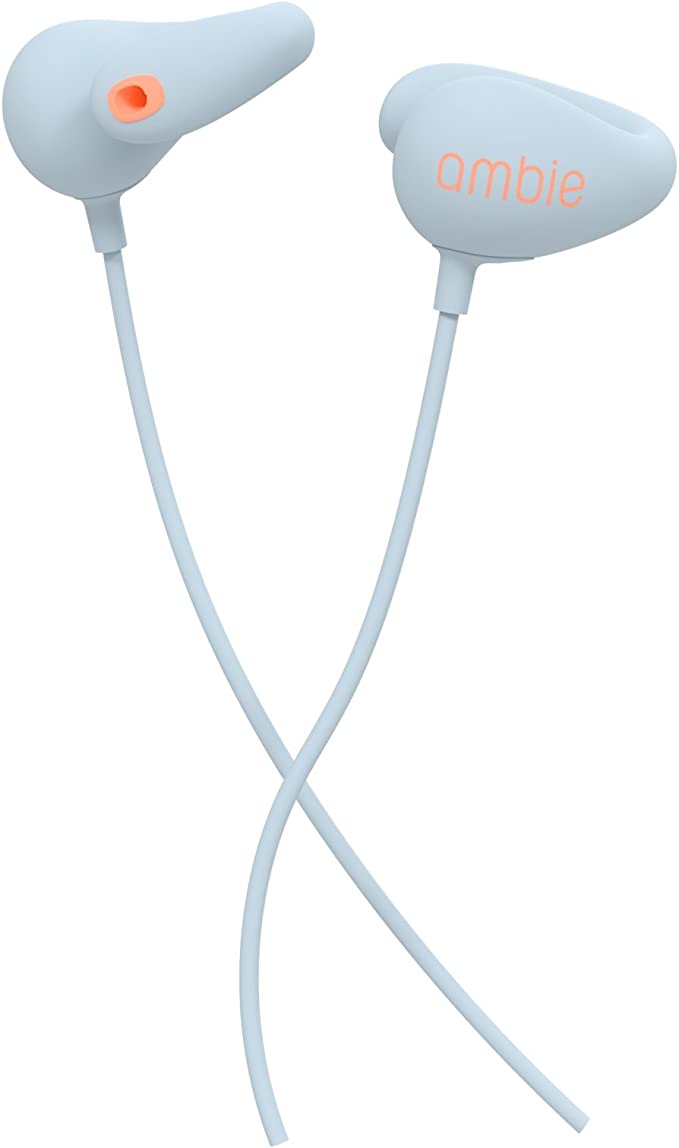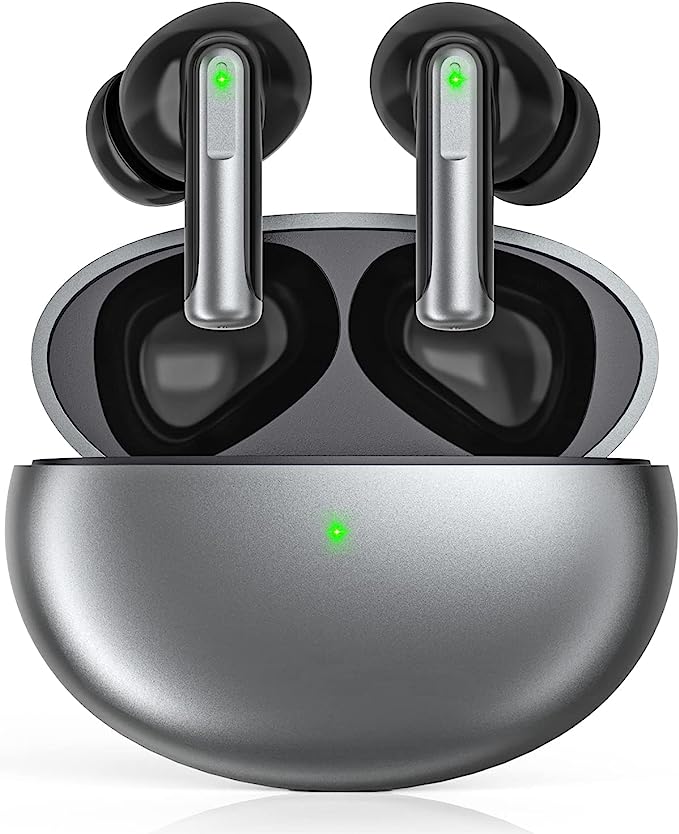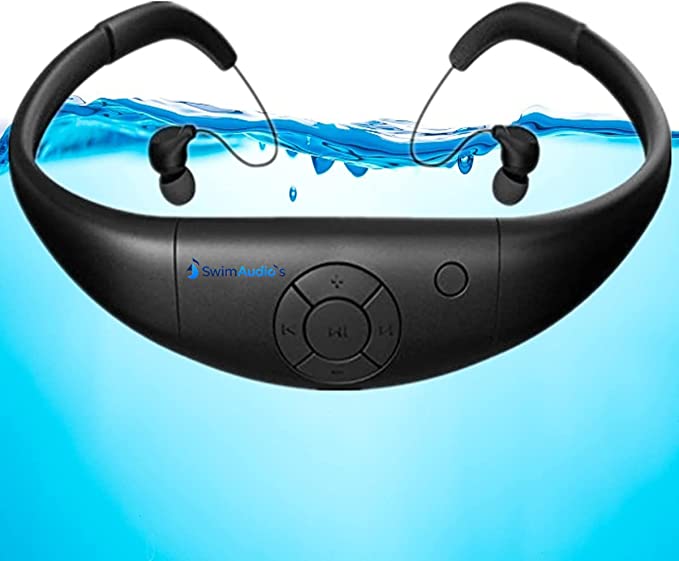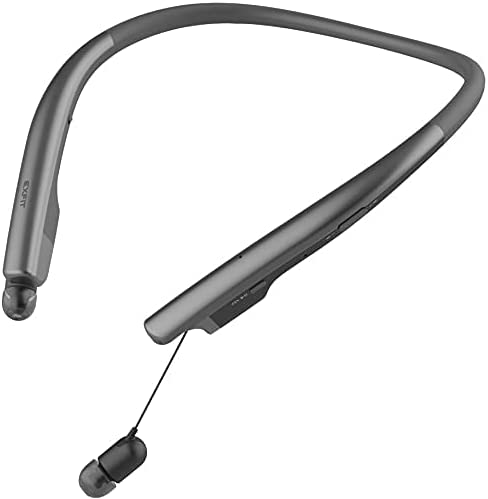Engineering the Perfect Shave: How 3D Floating Heads and IPX7 Waterproofing Work
Update on Oct. 14, 2025, 6:23 p.m.
The electric shaver is a triumph of compact, high-performance engineering. Within its handheld form factor lies a sophisticated system of power, motion, and precision cutting tools designed to navigate one of the most irregular and sensitive surfaces imaginable: the human face. We often take its seamless operation for granted, but achieving a close, comfortable shave is the result of solving a series of complex mechanical challenges. This exploration will go beneath the plastic shell to reveal the engineering principles that power modern shavers, focusing on two critical innovations: the adaptive contouring of 3D floating heads and the robust sealing of IPX7 waterproofing.

The Challenge of Topography: Deconstructing the 3D Floating Head
The primary engineering problem of shaving is maintaining optimal cutting-head-to-skin contact across a constantly changing surface. The cheeks are broad plains, but the jawline is a sharp ridge, the chin a complex dome, and the neck a soft, pliable valley. A rigid shaver head cannot possibly conform to this topography, leading to missed hairs in crevices and excessive pressure (and irritation) on high points.
The “3D floating head,” a hallmark of modern rotary shavers like the MAX-T, is the elegant solution. This is not simply a loose mounting; it is a carefully calibrated multi-axis gimbal system. Let’s break down its degrees of freedom:
-
Pitch and Yaw (Tilting): The entire plate on which the three heads are mounted can tilt inwards and outwards. This macro-movement allows the shaver to follow the broad curves of the face, like wrapping around the jaw from the cheek. This is typically controlled by a central pivot point with spring loading to provide gentle, consistent pressure.
-
Z-Axis Translation (Flexing): Each of the three cutting heads is independently suspended. This allows them to depress vertically into the housing. When shaving over a prominent area like the chin or Adam’s apple, the head directly over the peak can retract while the others remain extended, ensuring all three maintain contact without gouging the skin. This micro-adjustment is crucial for comfort and closeness in difficult areas.
The result is a passive robotic system. It requires no complex sensors or software, instead relying on pure mechanical ingenuity to create a “smart” surface that constantly adapts. The force you apply with your hand is intelligently distributed across the three heads, translating a single, simple user motion into a complex, multi-point contour-following action.
The Fortress of Sealing: The Science of IPX7 Waterproofing
The integration of electronics and water is a classic engineering challenge. An IPX7 rating, as seen on the MAX-T shaver, signifies a very high level of water ingress protection. The “7” in the rating specifically means the device can withstand full immersion in up to one meter of water for 30 minutes without leaking. This is not achieved by simply making the outer casing tight; it requires a multi-layered defense strategy.
-
O-Rings and Gaskets: The primary line of defense is the use of custom-molded elastomeric seals, typically made of silicone or nitrile rubber. These gaskets are placed at every potential point of entry: where the two halves of the main body shell meet, around the power button, at the charging port, and at the junction where the head assembly connects to the body. When the device is assembled, these gaskets are compressed, creating a watertight barrier that can resist significant external pressure.
-
Ultrasonic Welding: For permanent seams, manufacturers often use ultrasonic welding. This process uses high-frequency vibrations to melt and fuse two plastic parts together at a molecular level, creating a single, monolithic piece with no physical gap for water to penetrate.
-
Internal Component Isolation: As a secondary measure, critical electronic components like the motor and the main printed circuit board (PCB) are often housed within their own internally sealed compartments. This creates redundancy; even if the main outer seal were to fail, the core electronics would remain protected.
Achieving a reliable IPX7 rating is a testament to precision manufacturing. The tolerances for the plastic moldings and the consistency of the gaskets must be measured in fractions of a millimeter. This robust waterproofing is what transforms the shaver from a simple dry grooming tool into a versatile wet-and-dry personal care appliance.

The Power Core: Motors, Batteries, and Blade Dynamics
The cutting action itself is a dance between power and precision. The small DC motor inside the shaver must provide enough torque to spin the blades at a high RPM without bogging down in dense beard growth, which would cause painful pulling. The blade speed is critical; a faster spin means more cuts per second, resulting in a smoother, quicker shave. This power is supplied by a high-energy-density Lithium-ion battery, chosen for its ability to deliver consistent voltage throughout its discharge cycle and its fast-charging capabilities. The final piece of the puzzle is the blade and foil design itself. The geometry of the slots, the sharpness of the blade edge, and the hardness of the hypo-allergenic stainless steel are all meticulously engineered variables that determine the ultimate efficiency and comfort of the shave.
Conclusion: A Symphony of Mechanics
The modern electric shaver is a pocket-sized symphony of mechanical, material, and electrical engineering. From the subtle, spring-loaded dance of its floating heads to the uncompromising fortress of its waterproof seals, every component is a calculated solution to a specific problem. It serves as a powerful reminder that behind our most familiar technologies lies a world of intricate design and clever physics, all working in concert to perfect a simple daily ritual.







